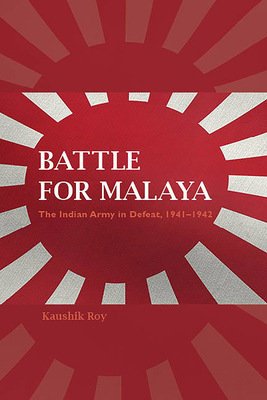Expedite your nonfiction book discovery process with Readara interviews, summaries and recommendations, Broaden your knowledge and gain insights from leading experts and scholars
In-depth, hour-long interviews with notable nonfiction authors, Gain new perspectives and ideas from the writer’s expertise and research, Valuable resource for readers and researchers
Optimize your book discovery process, Four-to eight-page summaries prepared by subject matter experts, Quickly review the book’s central messages and range of content
Books are handpicked covering a wide range of important categories and topics, Selected authors are subject experts, field professionals, or distinguished academics
Our editorial team includes books offering insights, unique views and researched-narratives in categories, Trade shows and book fairs, Book signings and in person author talks,Webinars and online events
Connect with editors and designers,Discover PR & marketing services providers, Source printers and related service providers

Battle for Malaya: The Indian Army in Defeat, 1941-1942
History > Asia - India & South Asia
- Indiana University Press
- Paperback
- 9780253044174
- 9.2 X 6.1 X 0.7 inches
- 1 pounds
- History > Asia - India & South Asia
- (Single Author) Asian American
- English
Readara.com
Book Description
The defeat of 90,000 Commonwealth soldiers by 50,000 Japanese soldiers made the World War II Battle for Malaya an important encounter for both political and military reasons. British military prestige was shattered, fanning the fires of nationalism in Asia, especially in India. Japan's successful tactics in Malaya--rapid marches, wide outflanking movement along difficult terrain, nocturnal attacks, and roadblocks--would be repeated in Burma in 1942-43. Until the Allied command evolved adequate countermeasures, Japanese soldiers remained supreme in the field. Looking beyond the failures of command, Kaushik Roy focuses on tactics of the ground battle that unfolded in Malaya between December 1941 and February 1942. His analysis includes the organization of the Indian Army--the largest portion of Commonwealth troops--and compares it to the British and Australian armies that fought side by side with Indian soldiers. Utilizing both official war office records and unofficial memoirs, autobiographies, and oral histories, Roy presents a synthesis of history from the top with history from below and provides a thick narrative of operations interwoven with tactical analysis of the Battle for Malaya.
Author Bio
Kaushik Roy is Associate Professor, Department of History, Jadavpur University, Kolkata, West Bengal, India and Senior Researcher at Peace Research Institute Oslo (PRIO), Norway.
He has written or edited 19 books, including most recently War, Culture and Society in Early Modern South Asia, 1740-1849, Hinduism and the Ethics of Warfare in South Asia, and The Army in British India.
Research Interests
Current
Conditions of Violence and Peace
Historical
Centre for the Study of Civil War (2003 - 2012)
Crosscutting Activities
Source: Peace Research Institute
Videos


Community reviews
No Community reviews

